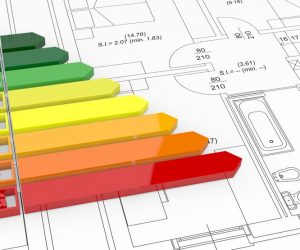Heat Pump

A heat pump is a device that transfers heat from one location to another using a small amount of energy. It can be used for both heating and cooling purposes, making it an energy-efficient alternative to traditional heating and cooling systems.
In heating mode, a heat pump extracts heat from the outside air, ground, or water source and transfers it into a building or a specific space. It does this by using a refrigeration cycle that involves the compression and expansion of refrigerant gas. The heat extracted from the external source is transferred to the indoor space through a heat exchanger.
During the cooling mode, the heat pump operates in reverse. It extracts heat from the indoor space and releases it to the outside, effectively cooling the area.
There are different types of heat pumps available, including air-source heat pumps, ground-source (geothermal) heat pumps, and water-source heat pumps. Each type utilizes a specific heat exchange mechanism, depending on the source from which it extracts heat.
Heat pumps are considered energy-efficient because they move heat rather than generate it directly, making them more efficient than traditional heating and cooling systems that rely on burning fossil fuels. They can provide significant energy savings and reduce greenhouse gas emissions, particularly in moderate climates.
It’s important to note that the effectiveness of a heat pump depends on factors such as the temperature differential between the heat source and the space being heated or cooled. In extremely cold climates, supplemental heating may be required to meet the desired temperature.
1. Air Source Heat Pump
An air source heat pump (ASHP) is a type of heat pump that extracts heat from the outdoor air and transfers it to the indoor space for heating purposes. It can also be used in reverse during cooling mode to extract heat from the indoor space and release it outside, effectively providing air conditioning.
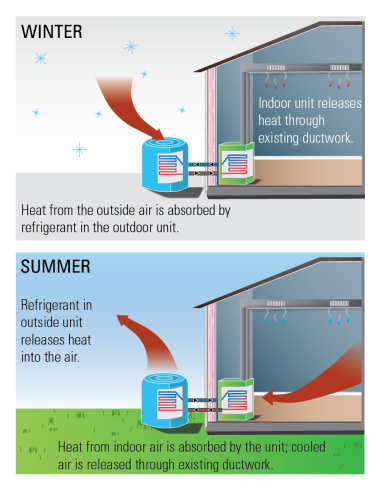
Fig.1. Air Source Heat Pump During Winter and Summer
1.1. Cold Climate Air Source Heat Pump
A cold climate air-source heat pump (ASHP) is specifically designed to operate efficiently and effectively in colder climates where winter temperatures often drop below freezing. Traditional air-source heat pumps may experience reduced performance or efficiency in cold weather, but cold-climate heat pumps are optimized to overcome these challenges.
1.2. Ducted Air-Source Heat Pumps
Ducted air-source heat pumps are a specific type of heat pump system that uses ductwork to distribute heated or cooled air throughout a building. They are commonly used in residential and commercial applications for central heating and cooling.

Enerma – Fig.2. Ducted Air Source Heat Pump. Left Outside Unit; Right Indoor Unit
1.3. Ductless Air-Source Heat Pumps
Ductless air-source heat pumps, also known as mini-split heat pumps, are a type of heat pump system that does not require ductwork for air distribution. They are commonly used in situations where ductwork installation is impractical or not desired. Ductless heat pumps consist of an outdoor unit and one or more indoor units that are installed in the rooms or zones to be heated or cooled.
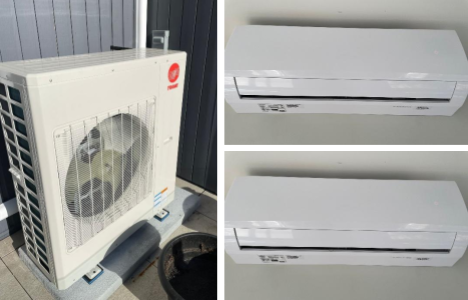
Enerma – Fig.3. Ductless Air Source Heat Pump. Left Outside Unit; Right Indoor Units
2. Geothermal Heat Pumps
Geothermal heat pumps, also known as ground-source heat pumps, utilize the constant temperature of the earth to provide heating, cooling, and hot water for residential and commercial buildings. These systems tap into the earth’s natural heat storage capacity to transfer thermal energy.
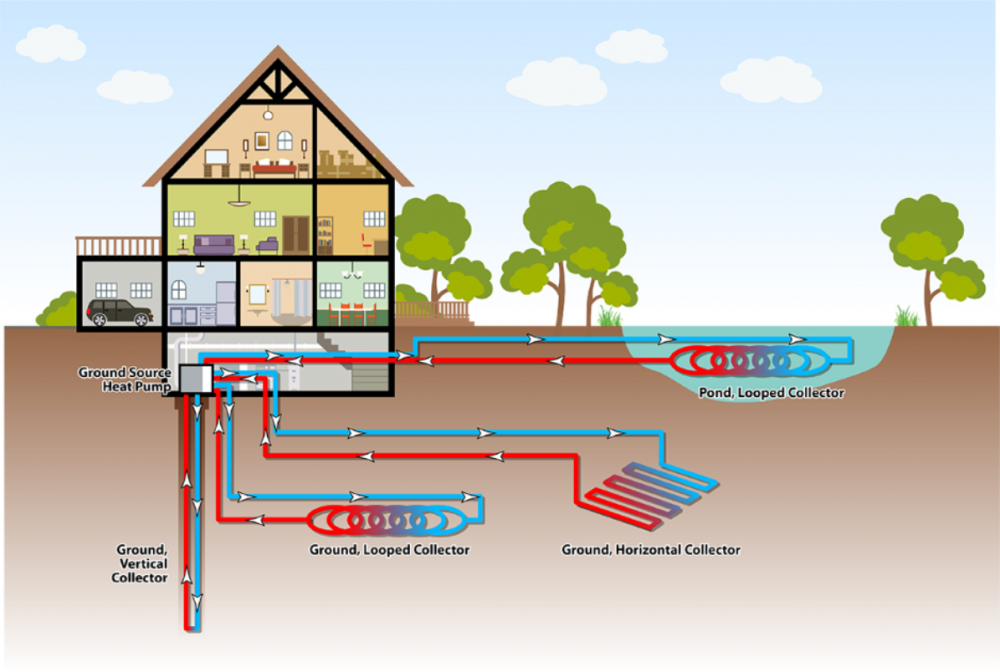
Enerma – Fig.4. Ground Source Heat Pump
3. Absorption Heat Pumps
An absorption heat pump is a type of heat pump that operates based on the principles of absorption refrigeration. It uses heat energy, such as natural gas, solar energy, or waste heat, instead of electricity to drive the refrigeration cycle and transfer heat from one location to another. (For example gas-fired heat pumps)
Absorption heat pumps are known for their ability to utilize low-grade heat sources and can achieve high levels of energy efficiency. They are commonly used in industrial processes, large-scale heating and cooling applications, and some residential and commercial buildings. However, absorption heat pumps are generally less common in smaller-scale residential applications due to the complexity and cost of the systems compared to conventional electric-driven heat pumps.
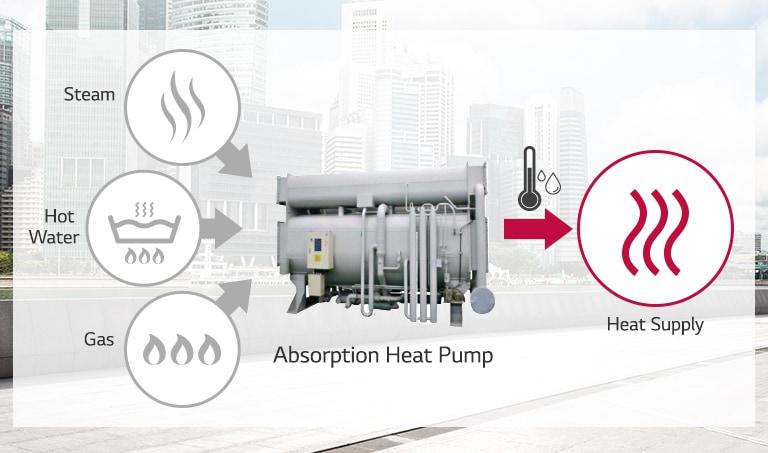
Fig.5. Absorption Heat Pump
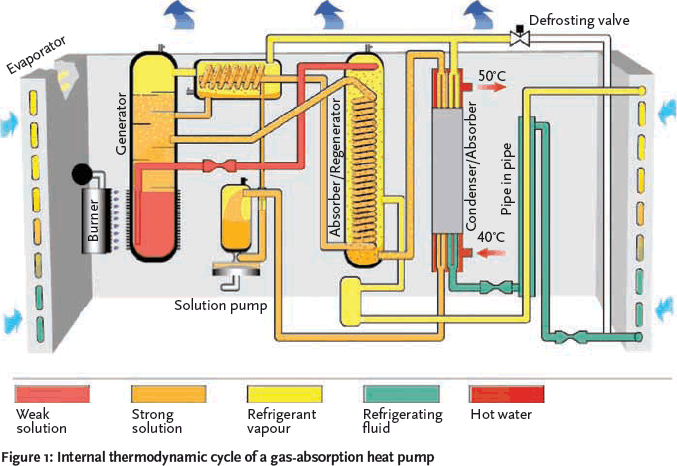
Fig.6. Internal Thermodynamic Cycle of a Gas-Absorption Heat Pump

